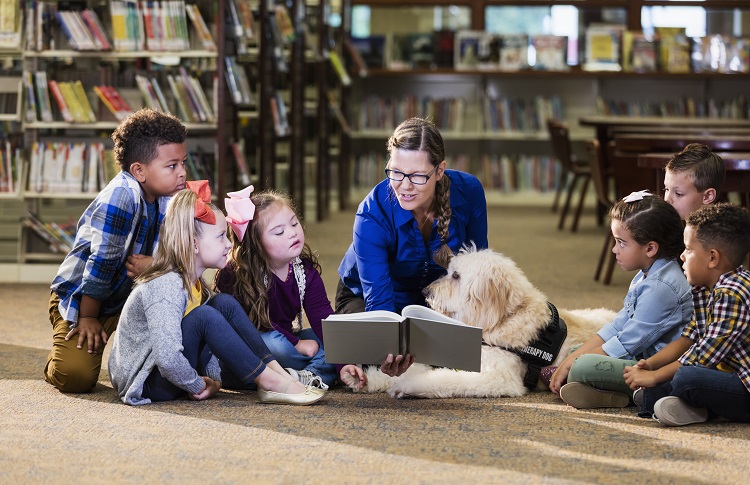This post is sponsored by Illuminate Education
Learning recovery is the leading conversation in education right now. Educators, school leaders, policy makers, parents and members of the community are all looking for ways to help students heal from pandemic-era instruction and regain their academic footing.
They are especially concerned about students with developmental, learning, and emotional and behavioral challenges. Virtual instruction and home confinement had an outsized impact on these learners, according to researchers. In a story for the New York Times, developmental behavioral pediatrician Dr. Jenny Radesky states that “some children were showing angry outbursts, intense crying episodes, signs they were emotionally dysregulated.” Others showed delays in developmental progress, says Dr. Eileen Costello, chief of ambulatory pediatrics at Boston Medical Center.
So how do we help these students get back on track? What can we do to support their social and academic recovery? Here are four strategies to get you started.
Implement a comprehensive assessment platform. The right assessment platform will include universal screening. This screening data will help teachers identify common dark spots of knowledge in a class and provide guidance for changing instruction. It can also help uncover students who need intervention resources.
Reliable data brings integrity and direction to the recovery process. It keeps educators from over qualifying students who don’t have disabilities. It helps ensure they don’t act in a biased way against students who didn’t have access to instruction and resources during the pandemic. And it outlines strategies and methods students can use to regain what they have lost during these past two years.
Double down on check ins and interventions. Some students might have already had an Individualized Education Program (IEP) in place. Others might have been candidates for such solutions but the school closures interrupted these efforts. Provisions for changes in the rules, owing to the pandemic, expanded the ways students could be helped, including online or virtual instruction, instructional telephone calls and other curriculum-based instructional activities. Restarting regular IEP meetings to assess improvements is key to getting a renewed baseline with which to work.
Talk to and share data with parents. Feedback from parents or guardians who served as the student’s on-site instructor will add depth to the picture. These folks can help you understand where the student is with their recovery. Do they get easily frustrated? How engaged are they? Are they confused with certain tasks? What tools do they find helpful?
And share your data with them. Walk them through the Social Emotional Behavioral screening and progress monitoring assessments. This data, especially when combined with MTSS collaboration and management tools, can help identify barriers stalling the student’ learning.
Tap stimulus dollars. Congress set aside approximately $13.2 billion for the Elementary and Secondary School Emergency Relief Fund. Talk with your school leaders about how to allocate some of the dollars for tutoring and intervention efforts for students with special needs. It can be tough to pull dollars away from initiatives aimed at supporting a broader category of students but make the argument. Education Secretary Miguel Cardona is encouraging educators to get creative and innovative with stimulus dollars. Many districts who received these funds are using them for technologies designed to help students needing interventions.
For more strategies and considerations about how you can use progress monitoring to know if the interventions are effective in helping students achieve their IEP learning goals, download the free eBook: Progress Monitoring in Special Education.
